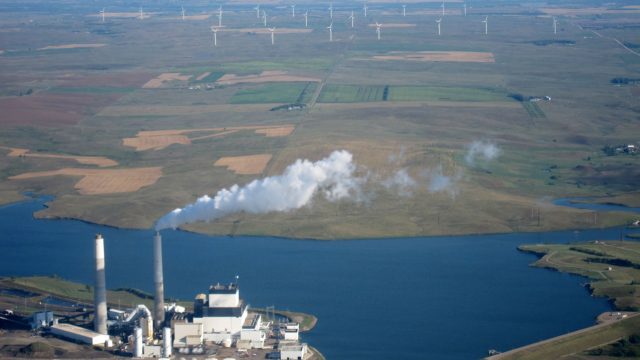Glen Skarbakka: North Dakota Will Continue as an Energy Powerhouse

Our lights go on at the flick of a switch. But there has been a revolution in how the electric grid is organized and operated that has greatly improved its economic efficiency and fostered new sources of energy (like wind and natural gas), though creating challenges for more-conventional generators (such as coal and nuclear).
Until recently, electric utilities had complete control over the access to the grid. They usually had their own generators and transmission lines. They coordinated and traded amongst themselves to reduce costs. This produced a reliable system, but limited economic potential because it was closed to competitive innovations.
[mks_pullquote align=”right” width=”300″ size=”24″ bg_color=”#ffffff” txt_color=”#000000″]North Dakota, with its diverse, abundant energy resources, will do well in this new competitive landscape.[/mks_pullquote]
In the 1990s, federal regulators introduced competition by opening access to the grid. Utilities were required to allow others to use their transmission lines, which led to the formation of independent, non-profit Regional Transmission Organizations (RTOs) to manage the grid. Two RTOs operate in our region: the Mid-Continent Independent System Operator (MISO) and the Southwest Power Pool (SPP). Both have similar functions, but cover different parts of the country. All major utilities in North Dakota work with MISO or SPP.
In addition to managing the grid, MISO and SPP operate extensive wholesale markets. These markets have dramatically changed the economic model for generators and utilities. The RTOs determine prices at five-minute intervals for each location on the grid, resulting in lower costs for consumers, while maintaining reliable electric service. Generators offer their energy into the market, and utilities buy from it to serve their customers.
These markets have reduced wholesale electricity prices. Prices have fallen because of low natural gas prices, greater use of renewable resources with low production costs, and because the broad geographic reach of the markets allows the most cost-effective generators in a multistate area to be used at any point in time.
The lower wholesale prices are passed on to consumers. But the changes pose challenges for generators, such as coal plants, that were designed to produce constant amounts of energy but now face dynamic market conditions. At times, some generators are no longer competitive. Although not a death knell for coal plants; the changes require new strategies to increase operating flexibility, which is beginning in North Dakota.
North Dakota, with its diverse, abundant energy resources, will do well in this new competitive landscape. With creativity and innovation, nothing prevents the state from continuing as an energy powerhouse. Consumers will be the ultimate beneficiaries of this revolution.




